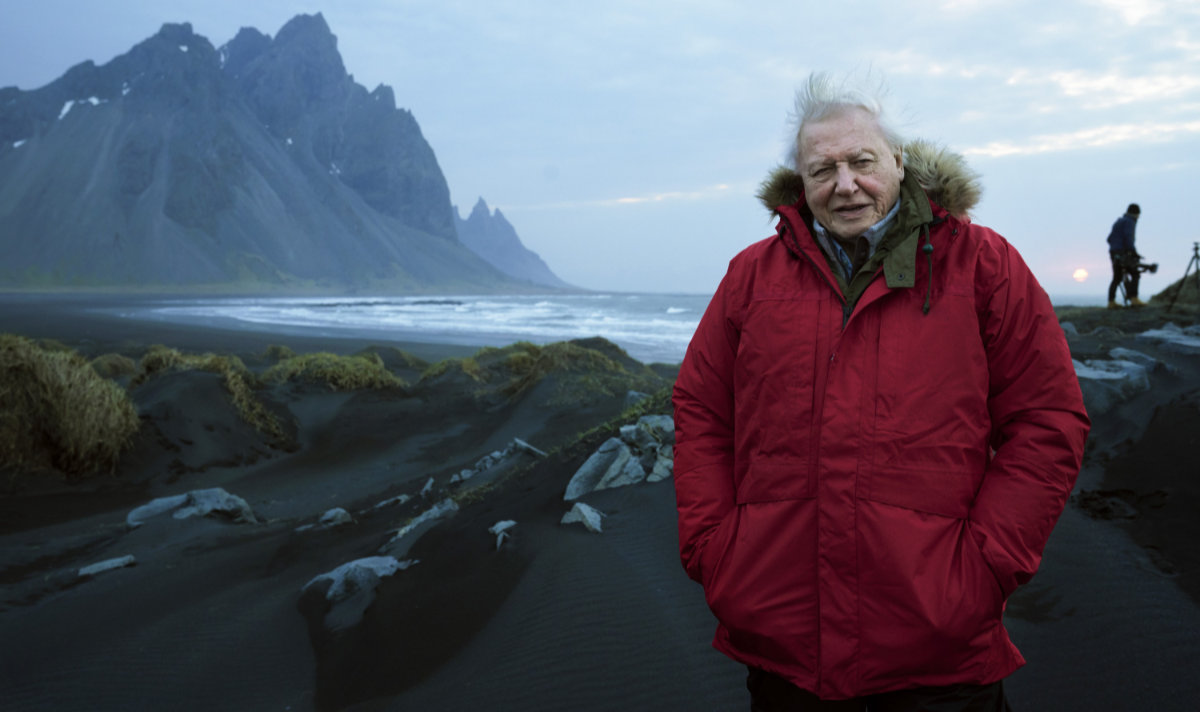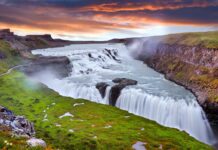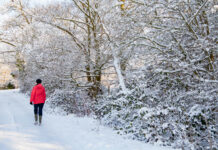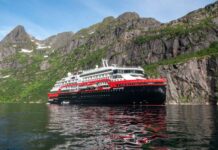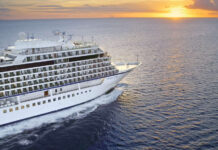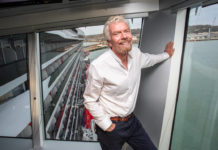It’s become a highlight of the TV calendar, bringing us closer to the world’s wildlife than was ever imaginable. Voiced by David Attenborough, each episode of the new landmark wildlife series Seven Worlds, One Planet focuses on a different continent, looking at its geology and the animals that have adapted to call it home.
Here, the episode producers share some of their filming highlights – ranging from elephants feeding on tiptoes in southern Africa, to elephant seals doing battle on the wilds of South Georgia’s beaches. All demonstrate how unique each continent is, and how the pieces of a giant jigsaw puzzle fit together, to make one world.
Seeing spectacled bears in Ecuador
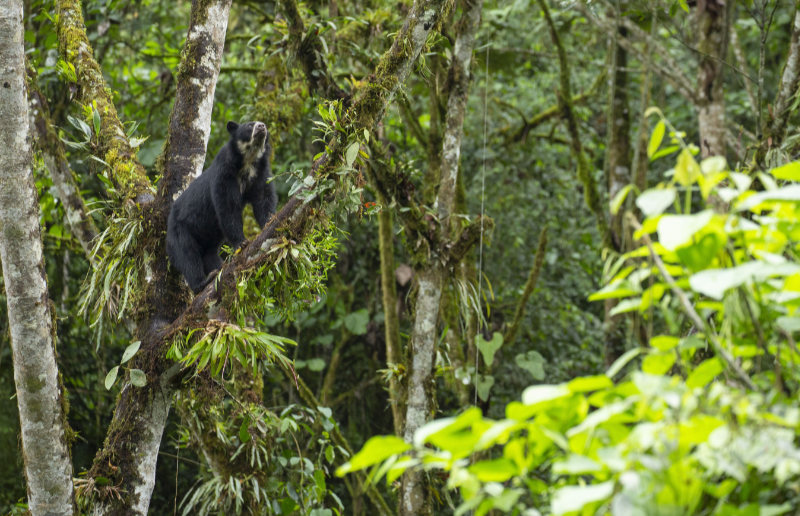
The inspiration behind Paddington, Andean (or spectacled) bears are famously difficult to see. But rumours of a gathering in an Ecuadorian cloud forest outside Quito gave the team an opportunity to film some unusual behaviour.
“We’d heard of this one part of cloud forest, where a type of miniature avocado fruits, attracting the bears,” says Chadden Hunter, producer of the South America episode. “We got this tip-off just before Christmas that it was happening, so we flew on Boxing Day.
“Cameraman Bertie Gregory skilfully took the drone up, and by orbiting above the trees, we were able to watch these bears delicately breaking branches and bending the thin twigs back, performing this acrobatic ninja move to get this tiny little fruit.”
How to do it: The Maquipucuna Ecolodge in Ecuador offers a three-day all-inclusive Cloud Forest Discovery tour, where there’s a chance to see Andean bears. From US$184 (£143)pp (two sharing). Visit maquipucuna.org.
Hanging out with manatees in Florida
“I never knew the southern swamps would be frozen over with ice in places,” says Hunter, who also produced the North America episode. In winter, cold Arctic air blasts Caddo Lake, a body of water straddling Texas and Louisiana, causing areas to freeze and forcing animals to find shelter.
“A baby manatee would die if it was in water cooler than 20C, so they do this incredible thing where they navigate hundreds of miles of water systems to find hot springs, which are their only sanctuary. Otherwise they won’t survive the cold snaps. Here is a remarkable pioneering spirit.”
How to do it: Viator offers a Crystal River full-day tour with a boat ride through the Everglades and a chance to see manatees in one of Florida’s natural manatee habitats. From £109.14pp. Visit viator.com.
Listening to Sumatran rhinos sing in Indonesia
Gaining access to a secret location in the Sumatran rainforest, the team was able to capture footage of one of the world’s rarest species: the Sumatran rhino.
“I wanted to tell a story about Asia’s forests and how dense they are,” explains Asia episode producer Emma Napper. “It’s hard for male and female rhinos to find each other, so they have this incredible song, which sounds a bit like a humpback whale.”
Although Napper describes the experience as magical, she was also saddened by what she found. “I realised how threatened they are, and how much habitat is being lost,” she says. “I’ve been doing this job long enough to see changes even in the last 10 years. The loss of rainforest is shocking.”
How to do it: Reef & Rainforest offers an 18-day Indonesia and Papua New Guinea Country Combo tour, which includes a visit to Way Kambas National Park, home to a Sumatran rhino sanctuary. From £6,196pp (two sharing), including flights. Visit reefandrainforest.co.uk.
Witnessing acrobatic elephants in Zimbabwe
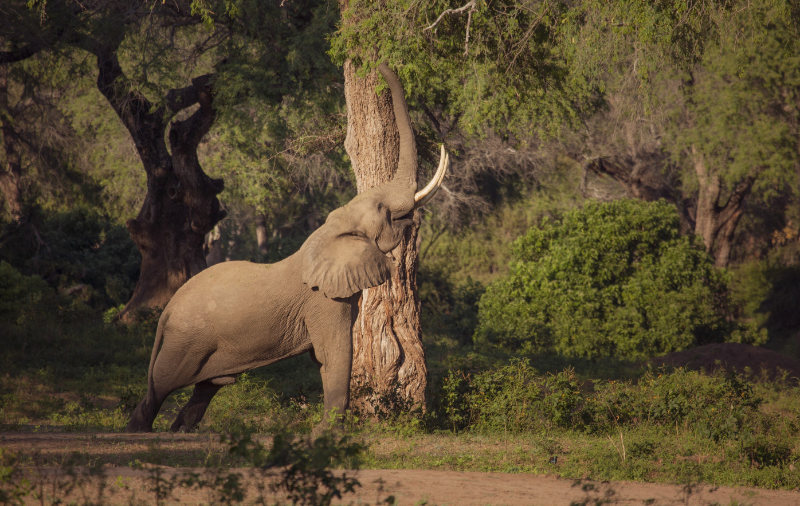
Deep in the fairy-tale forests of Zimbabwe’s Mana Pools National Park, elephants have found a novel way to feed.
“People expect to see elephants and cats in a programme about Africa, so the challenge was finding new behaviour,” says episode producer Giles Badger.
“In the peak of the dry season – and during droughts if they are strong enough – the elephant bulls of Mana Pools stand on two legs and reach up to six metres into the trees to pull down apple-ring acacia pods. They are highly nutritious and full of protein.
“For an animal that needs to eat 90kg of food per day, it’s an amazing feat. It shows their intelligence and how they’ve adapted over millennia in a dry and hostile climate.”
How to do it: Steppes Travel offers a 13-day Zimbabwe Highlights Holiday from £3,895pp, excluding flights. Visit www.steppestravel.com.
Hearing wolves howl in Italy
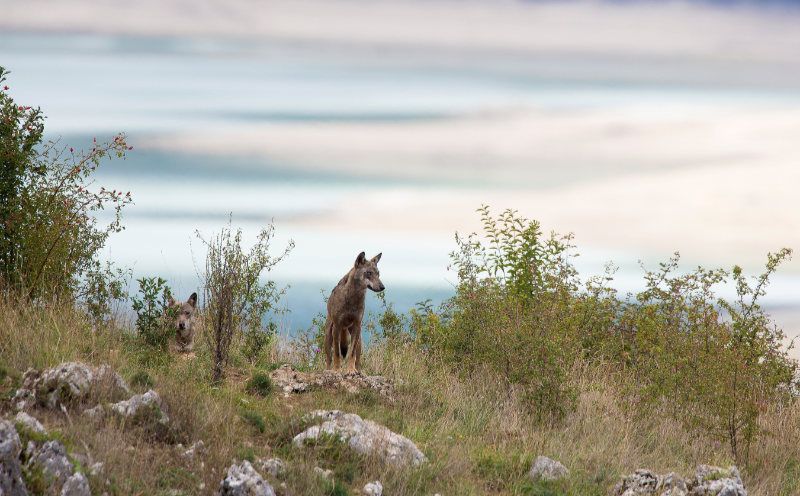
Often painted as the villain, wolves are celebrated as heroes in the Europe episode. A sub-species of the grey wolf, the Apennine wolf was almost shot to extinction until it was declared a protected species in 1971. Now numbers are bouncing back, but the animal is still tricky to track down.
“You can lie in bed in a tiny little Italian village and at night, you hear the wolves howling around you – it’s a real privilege,” explains episode producer Badger. “But it’s one thing hearing the wolves and another thing seeing them.
“We went into the wilderness around these villages, and through the process of the five-week shoot, we learned we were actually better off hanging around the edges of the villages, because the deer were coming down to the lush pastures and the wolves were hunting there.”
How to do it: Naturetrek offers an eight-day The Apennines: Italy’s Abruzzo National Park escorted tour from £1,445, excluding flights. Departures on May 21 and 28, 2020. Visit naturetrek.co.uk.
Dodging elephant seals in South Georgia

Weighing up to four tonnes, southern elephant seals are a formidable force – especially when they fight. Using a handheld stabilised camera rig, the team managed to capture footage of a bloody battle on St Andrew’s Bay in South Georgia – although they had to be nimble on their toes to avoid getting caught in the crush.
“The males didn’t seem bothered by us,” says episode producer Fredi Devas. “They had only one thing on their minds! The only risk is when a male loses and retreats – they head to the sea in a beeline, and if you’re in the way, you might get squashed.”
David Attenborough, who has previously filmed in the same location, can sympathise. “When the elephant seal comes for you, you want to get out of the way quick,” he says. “He would go over you like a steamroller, and if you lose some footing, you would be in trouble.”
How to do it: Join Chris Packham and photographer Paul Goldstein on a 15-day South Georgia & Falklands Photographic Charter, from £6,990 excluding flights. Departs November 14, 2020. Visit exodus.co.uk.
Stepping back in time with cassowary birds in Australia
One of the world’s oldest rainforests is home to a curious collection of creatures who could have been plucked from a prehistoric era. Producer Napper was fortunate enough to encounter one of them during filming for the Australasia episode in Queensland’s Daintree Rainforest.
Describing the cassowary, she says: “They are incredible birds with a bright head, and much taller than me. In theory, it’s the deadliest bird in the world – but it’s also a caring father.”
Although the elusive species is notoriously hard to film, the team succeeded in spending several weeks trailing one father and his chicks. “The set-up took months,” says Napper. “But we managed to get some really intimate moments.”
How to do it: Wildlife Worldwide offers a 17-day Tablelands, Reef & Rainforest Self-drive holiday, including a visit to Daintree, from £3,195pp, excluding flights. Visit wildlifeworldwide.com.























































